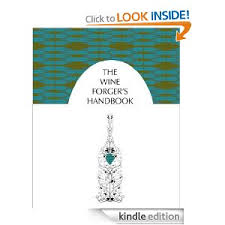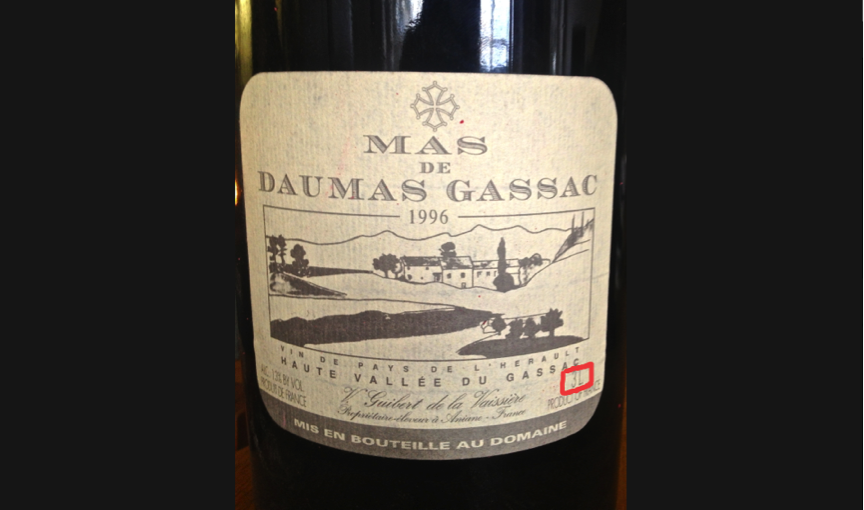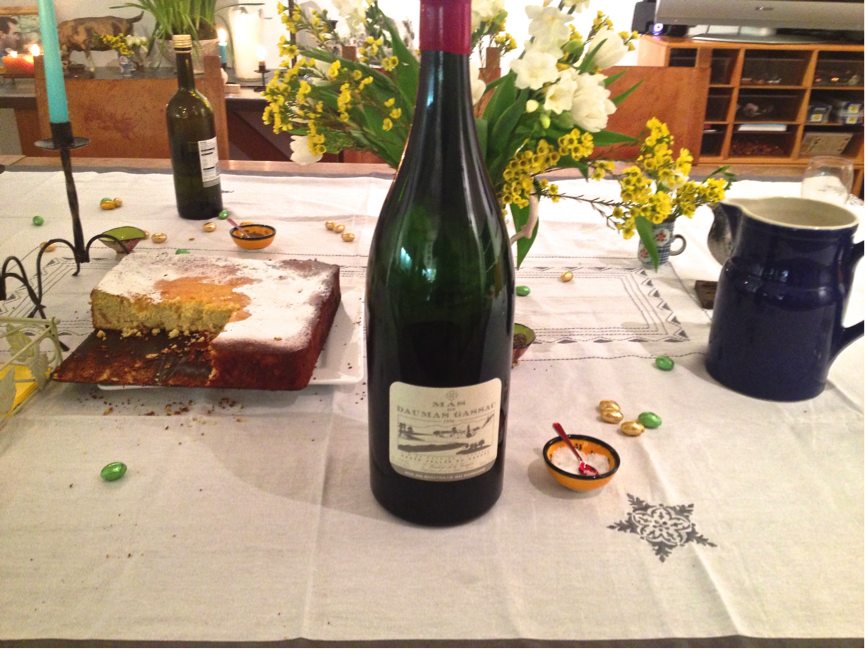by Wine Owners
Posted on 2013-04-04
Fine wine is a multi-million dollar industry and is fraught with peril. From fake bottles to fraudulent contents, from mislabelled wine to misled consumers, wine has been faked, forged, and used for fraud for as long as it has been consumed.
This eBook provides a brief history of forgery and fraud in the fine wine world, including case studies on Rudy Kurniawan and Hardy Rodenstock, and is available from Amazon for just £1.53, or free to borrow and read on the Kindle for 'Prime' users.

The Wine Forger’s Handbook also functions as a guide, both on how fraudsters have been found out, and tips on how to avoid being fooled in your own wine purchases.
Written by a pair of award-winning writers, wine expert Stuart George and best-selling art crime expert Dr. Noah Charney, The Wine Forger’s Handbook is a fun, informative, engaging read, and one which could potentially save you from making costly purchases of fake wine.
The Wine Forger’s Handbook is ideal for anyone from wine collectors to casual drinkers, or those who enjoy true crime stories of forgery, deception, and detection set against the vivid backdrop of the world of wine.
ABOUT THE AUTHORS
Noah Charney
Noah Charney is a professor of art history specialising in art crime and a best-selling author of fiction and non-fiction.
His books include the international best-seller novel The Art Thief; the best-selling Stealing the Mystic Lamb: The True Story of the World’s Most Coveted Masterpiece; The Thefts of the Mona Lisa: On Stealing the World’s Most Famous Painting; and the guidebook series Museum Time. He is editor of Art & Crime: Exploring the Dark Side of the Art World and editor-in-chief of The Journal of Art Crime, the first peer-reviewed academic journal in its field.
He is the founder of ARCA, the Association for Research into Crimes against Art, an international non-profit research group on art crime and cultural heritage protection (http://www.artcrimeresearch.org/). He teaches art history and art crime on the ARCA Postgraduate Certificate Program in Art Crime and Cultural Heritage Protection at American University of Rome and for Brown University.
He is a popular speaker and recently gave a TED talk on art crime, which can be viewed at http://www.youtube.com/watch?v=T897Foh5s0g. He is an award-winning columnist for numerous magazines, with regular columns in The Daily Beast (http://www.thedailybeast.com/features/how-i-write.html), Tendencias del Mercado del Arte, and ArtInfo (http://blogs.artinfo.com/secrethistoryofart/).
He encourages readers to join him on Facebook (https://www.facebook.com/NoahCharney) or through his website http://www.noahcharney.com/.
Stuart George
Stuart George is an independent wine consultant in London.
In 2003 he was awarded the UK Young Wine Writer of the Year. Stuart was co-author of The Wine Box (2005), picture editor and leading contributor to 1001 Wines You Must Try Before You Die (2008), and editor of the award-winning The Finest Wines of Tuscany and Central Italy(2009) and The Finest Wines of Champagne (2009).
Stuart has contributed to publications on five continents, including The Daily Telegraph, Fine Wine International, Fine Wine & Liquor, Meininger’s Wine Business Monthly, Sommelier Journal, The Tasting Panel Magazine and the Times Literary Supplement.
He is a sought-after show judge and has been a jury member at wine competitions in Austria, Brazil, Chile, China, France, Luxembourg, Portugal and Spain. He has worked harvests in France, Italy and Australia.
His website and blog is at http://www.StuartGeorge.net/. He can be followed on Twitter at @sdgeorge1974.
by Wine Owners
Posted on 2013-03-25
Wine Owners provides drinking advice across a large part of its growing database of 82,000 fine wines, based on 75cl bottles.
These drinking ranges are likely to be rather accurate, since we painstakingly average start and end dates from fine wine reviewers to arrive at the estimates.
It goes without saying that prime drinking will depend on many factors, such as long-term storage conditions, time of year shipped and periods when palettes may have been subjected to intense heat, for example dockside between reefer and cooled ship's container.
Those drinking dates can be largely disregarded when it comes to large formats. This Easter reminded me how dramatic the differences can be, when I judged a family dinner at my brother's new house to be the perfect occasion to open a double magnum of Mas de Daumas Gassac 1996.

Bought just a year ago on the secondary market, this 3 litre double magnum was apparently well kept, coming out of good storage in its original wooden box and with a high fill level. I acquired it on a whim for GBP 80, knowing full well that the standard bottle size of this vintage could well be fading fast, following Cellartracker! notes and Chris Kissack from The Wine Doctor.
In the event, once the wax seal was broken and a delicate cork extracted, the wine was delightful; darkly coloured with a rusty-bricked rim. Sweet cedar and savoury scents gave way to a palate of earthy blackberry, lifted with bright notes of fresh currents providing the requisite balance and energy on the way to a soft delicate finish. Hard to resist before the meal, but showing enough power and substance to complement the roast duck.

The moral of this story: take drinking advice for large formats with a large pinch of salt.
Buying bigger bottles on the secondary from other collectors can be a rewarding experience full of nice surprises. Sure there are disappointments along the path of discovery and fine wine appreciation, and you can't exactly ask for your money back from another collector. But that misses the point; buy what you can afford and savour the victories!

